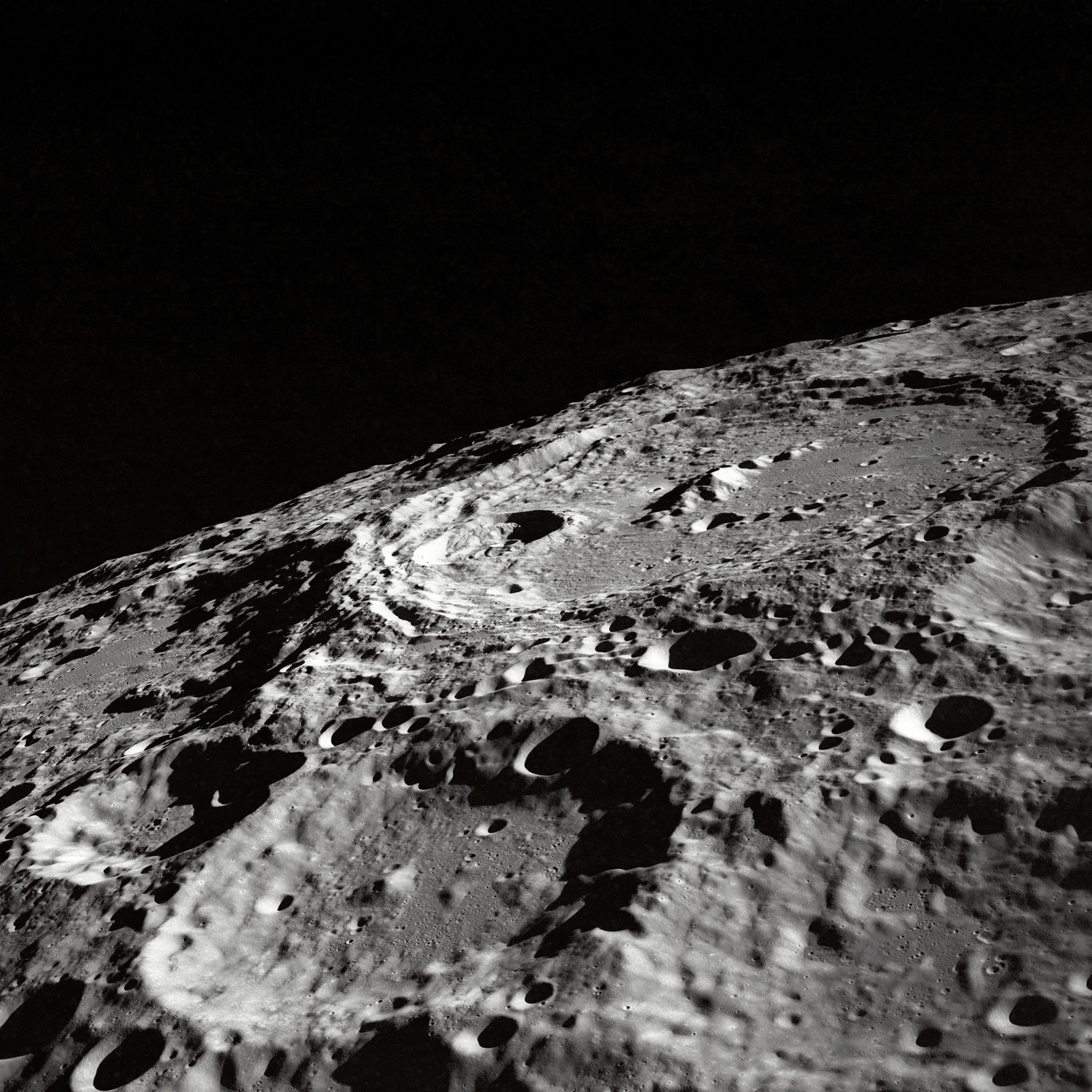Planting Vegetables on the Full Moon: Fact or Folklore?
For centuries, gardeners around the world have relied on various techniques to maximize the success of their crops. One such technique that has gained popularity is planting vegetables based on the lunar cycle, specifically during the full moon phase. While some dismiss it as mere folklore, others swear by its effectiveness. In this blog post, we will explore the concept of planting vegetables on the full moon and examine the scientific evidence behind it.
The Theory Behind Planting on the Full Moon
According to those who practice lunar gardening, the gravitational pull of the moon during the full moon phase affects the moisture content of the soil. This improved moisture allows seeds to germinate faster and promotes strong and vigorous plant growth. Additionally, they believe that the moon’s energy has a beneficial impact on plants, making them more pest-resistant and resilient.
Ancient Practices and Cultural Beliefs
The connection between the moon and agriculture can be traced back to ancient civilizations. Many indigenous cultures, such as the Native Americans and the Mayans, incorporated lunar cycles into their agricultural practices. They believed that aligning planting and harvesting activities with the moon’s phases brought them closer to nature and increased their crop yields.
In modern times, biodynamic farming, a holistic agricultural approach developed by Rudolf Steiner, also emphasizes the importance of the lunar cycle. Biodynamic farmers follow a planting calendar that incorporates lunar phases, constellations, and other astrological factors to determine the best time for planting, cultivating, and harvesting their crops.
The Scientific Perspective
While there is limited scientific research specifically focused on planting vegetables on the full moon, some studies have explored the broader impact of lunar cycles on plant growth.
A study published in the Journal of Plant Nutrition found that the lunar cycle affected the growth of radishes. The researchers observed that the roots grew more during the waning moon phase and less during the waxing moon phase. However, the exact mechanism behind this lunar influence remains unclear, and more research is needed to draw definitive conclusions.
Another study conducted at the University of Santiago de Compostela in Spain looked at the impact of the lunar cycle on the germination of lettuce seeds. The researchers found that seeds sown during the new moon and full moon phases had higher germination rates compared to those sown during other lunar phases. They suggested that the moon’s gravitational force could influence seed hydration and facilitate better germination.
Tips for Planting on the Full Moon
If you are considering experimenting with lunar gardening, here are some tips to get started:
- Research the lunar cycle: Keep track of the stages of the moon using a lunar calendar or a mobile app specifically designed for gardening.
- Choose the right vegetables: Leafy vegetables, root vegetables, and fruits that form below ground are commonly recommended for planting during the full moon phase.
- Prepare the soil: Before planting, ensure that the soil is well-nourished, moist but not waterlogged, and free from weeds.
- Plant during the right window: Aim to plant seeds or transplants a few days before or after the actual full moon. This allows for a broader window to take advantage of the optimal conditions.
- Monitor your results: Keep a gardening journal to track the success and failure rates of your lunar gardening experiments. This will help you determine if the full moon planting method is effective for your specific garden.
The Final Verdict
While the scientific evidence supporting the theory of planting vegetables on the full moon is still inconclusive, many gardeners believe that it can enhance their gardening experience and yield positive results. Whether you choose to embrace lunar gardening based on scientific facts or as a connection to ancient practices, experimenting with different planting methods can be an exciting journey in itself.
In the end, the most crucial aspect of successful gardening lies in providing the right growing conditions, maintaining adequate care, and consistently observing and adapting to the needs of your plants. So, why not try planting on the full moon and judge the results for yourself? Happy gardening!
Table of Contents
